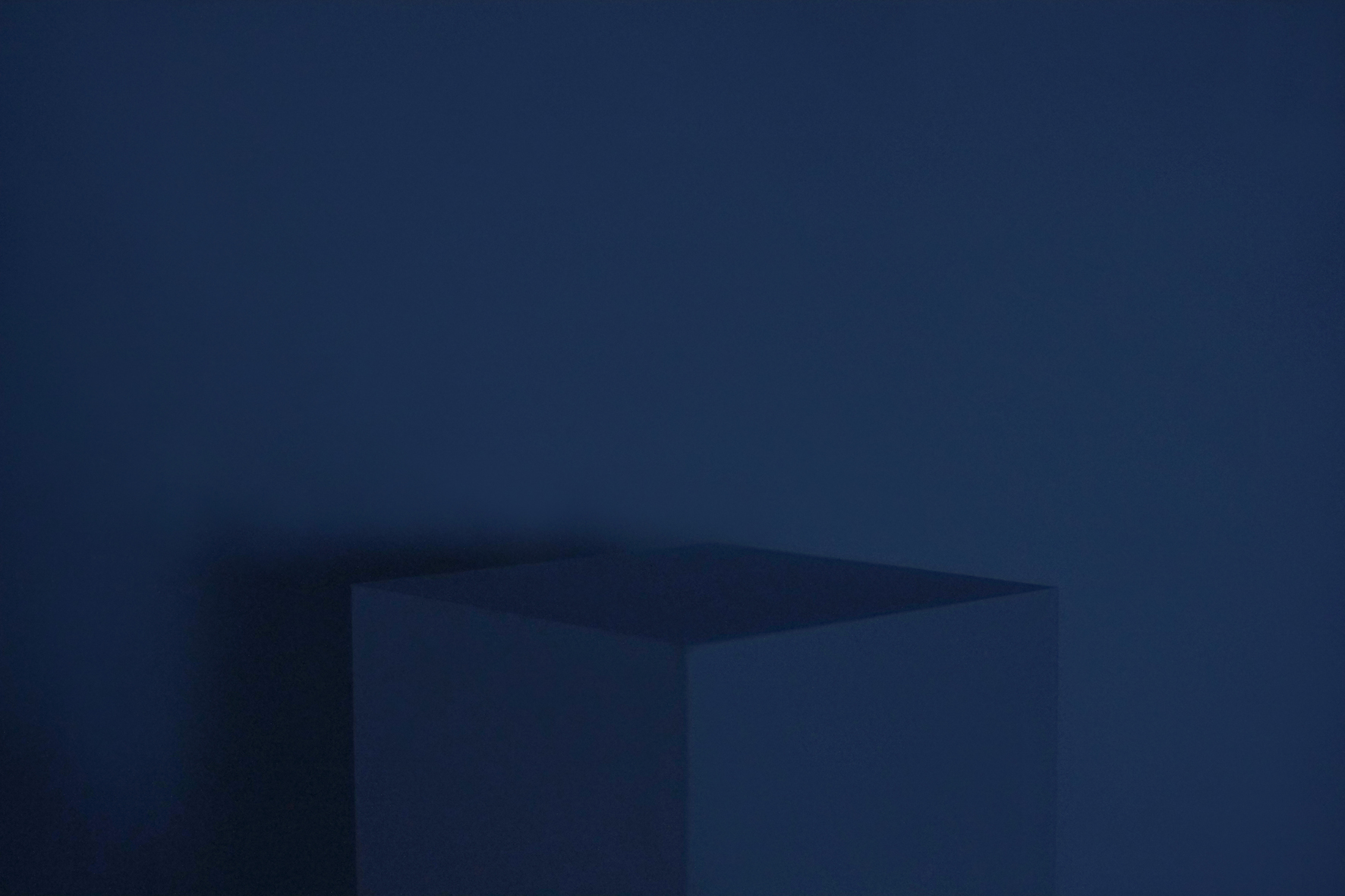
Fantomy / Phantoms – Iza Zdziebko 8.08 – 17.08
Zapraszamy na kolejną wystawę w ZPAF Gallery wernisaż już 8 sierpnia o godzinie 20.00
W świetle księżyca niewiele widać, w świetle słońca – nic.
„Fantomy”
Wieczór i zmrok poza światłami miasta ma nieprawdopodobne kolory. Okazuje się, że ciemność jako taka ma wiele odmian i w przyrodzie nie ma nigdy jej w pełni. Zawsze jakiś prześwit zostaje. Wzrok łatwo się przyzwyczaja do mroku. Zauważa i chłonie. Wydobywa coraz to nowe elementy. W czerni nagle zdarza się więcej niż byśmy przypuszczali.
Zapalenie latarki wszystko to zniwecza. Światło oślepia, wdziera się i paradoksalnie zaciemnia obraz. Widać już tylko to gdzie strumień światła jest skierowany, a reszta pogrąża się w ciemności. Pytanie co chcemy obejrzeć – to na co pada strumień, czy to co znajduje się obok?
Światło latarni morskiej wcale nie oświetla. Wskazuje – siebie, swoje źródło, tę legendarną drogę do domu. Oświetla na moment i rusza dalej. Nie dojrzymy niczego w tym świetle.
„Fantomy” Izy Zdziebko to podobna gra ze światłem, to w istocie fotografia pejzażowa, lecz szalenie osobista i kreacyjna. Pewne elementy pejzażu zostały wybrane, wskazane, dotknięte. Dostrzegamy je łatwiej, ciągle widzimy kontekst, to co znajduje się obok, tło i sceneria nie pogrąża się w niebycie. W pejzażu nie zachodzi zmiana. Nie ma elementu dodatkowego, nie następuje przesunięcie. Reflektor, niczym na scenie uwypukla i wskazuje fragment. W „Fantomach” następuje pewnego rodzaju podwójna gra: fotografowanie to wskazywanie rzeczy, zaś fotografia istnieje tylko i wyłącznie dzięki światłu. Wskazywanie światłem prowadzi widza od nastroju i kontemplacji pejzażu w stronę metafizyki, namysłu nad rolami i funkcjami fotografii.
Na tej scenie ważna jest też osoba fotografującej, wskazującej, wysyłającej świtało. Artystka zdradza sposób powstania serii: „Wykorzystałam światło z latarki zamocowanej na czole i długi wężyk spustowy, tak żeby móc dość swobodnie „sterować” własnym ciałem względem krajobrazu i wydobywać z niego formy, przyjazne dla moich oczu. Coś ,co jawiło się przed moimi oczami w chwili powstawania obrazów, jest rodzajem przywidzenia (fantomu)”. Dostrzeganie i obserwacja to bardzo fizyczne czynności, Zdziebko wydobywa i przypomina te wątki. To gdzie znajduje się artystka, to gdzie patrzy – stwarza konkretny kadr. To bardzo cielesna i uwarunkowana fizycznie fotografia. Wskazywanie rzeczy, kierowanie światła – wzroku to oczywiście tylko metafory. To co odkrywamy w tym świetle i zdjęciach daje poczucie niepokoju, przywidzenia. Niczego nie można być pewnym, ale warto przyzwyczaić wzrok i szukać znaczeń.
Joanna Kinowska
Zapraszamy na naszego Facebooka
Little can be seen in the light of the moon, in the light of the sun – nothing can be seen.
“Phantoms”
Apart from city lights, evening and dusk are characterised by incredible colours. It appears that darkness as such has multiple varieties and as far as nature is concerned, it never occurs in its full. There always remains a certain clearance left. Eyesight easily accustoms to darkness. It observes and absorbs. It elicits more and more new elements. Suddenly, there is much more happening in the dark than we could ever imagine.
Turning on a flashlight can destroy all this. The light blinds, encroaches and paradoxically, beclouds the image. The only thing that can be seen is the site where the stream of light is directed, and the rest is covered in darkness. The question is what we really want to see – the place where the light falls or the thing that we can find next to the light?
The light of the lighthouse does not enlighten at all. It indicates – the lighthouse, its source, and the legendary route home. It illuminates for a moment and then moves on. We will see nothing in this light.
“Phantoms” by Iza Zdziebko create a similar game of lights; it is in fact a landscape photography, yet frantically personal and creative. Certain elements of the landscape were chosen, indicated, touched. They can be distinguished more easily, we permanently see the context, and everything that can be found around, the background and the scenery do not fall into non-existence. The landscape does not undergo any changes. There is no additional element, there is no shift. The reflector, almost like on a scene, accentuates and indicates a fragment. As far as “Phantoms” are concerned, there is a certain kind of a double game: photographing means pointing at things, and photography exists solely due to light. Indicating with the use of light guides the viewer from the mood and contemplation of the landscape towards metaphysics, as well as reflection concerning roles and functions that photography plays.
What is also of crucial importance on this scene, is the person of the photographer, who indicates and emits the light. The artist reveals how the series came into life: “I used the light from the headlamp together with a long shutter release cable, which enabled quite unrestrained “steering” of my own body towards the landscape and made it possible to elicit various forms from the landscape, forms friendly to my eyes. The thing that appeared in front of my eyes at the moment of making the image, is a type of delusion (phantom)”. Perception and observation stand as truly physical activities; Zdziebko elicits and recalls these notions. The place where the artist found herself, the place where she looks – it all creates a particular frame. It is a very corporal and physically conditioned photography. Indicating things, directing the light – vision are nothing more than metaphors. Things we discover in this light and in these photographs evoke the feeling of apprehension, delusion. There is nothing you can be certain of, but it is worth to adjust your eyes and look for meanings.
Joanna Kinowska